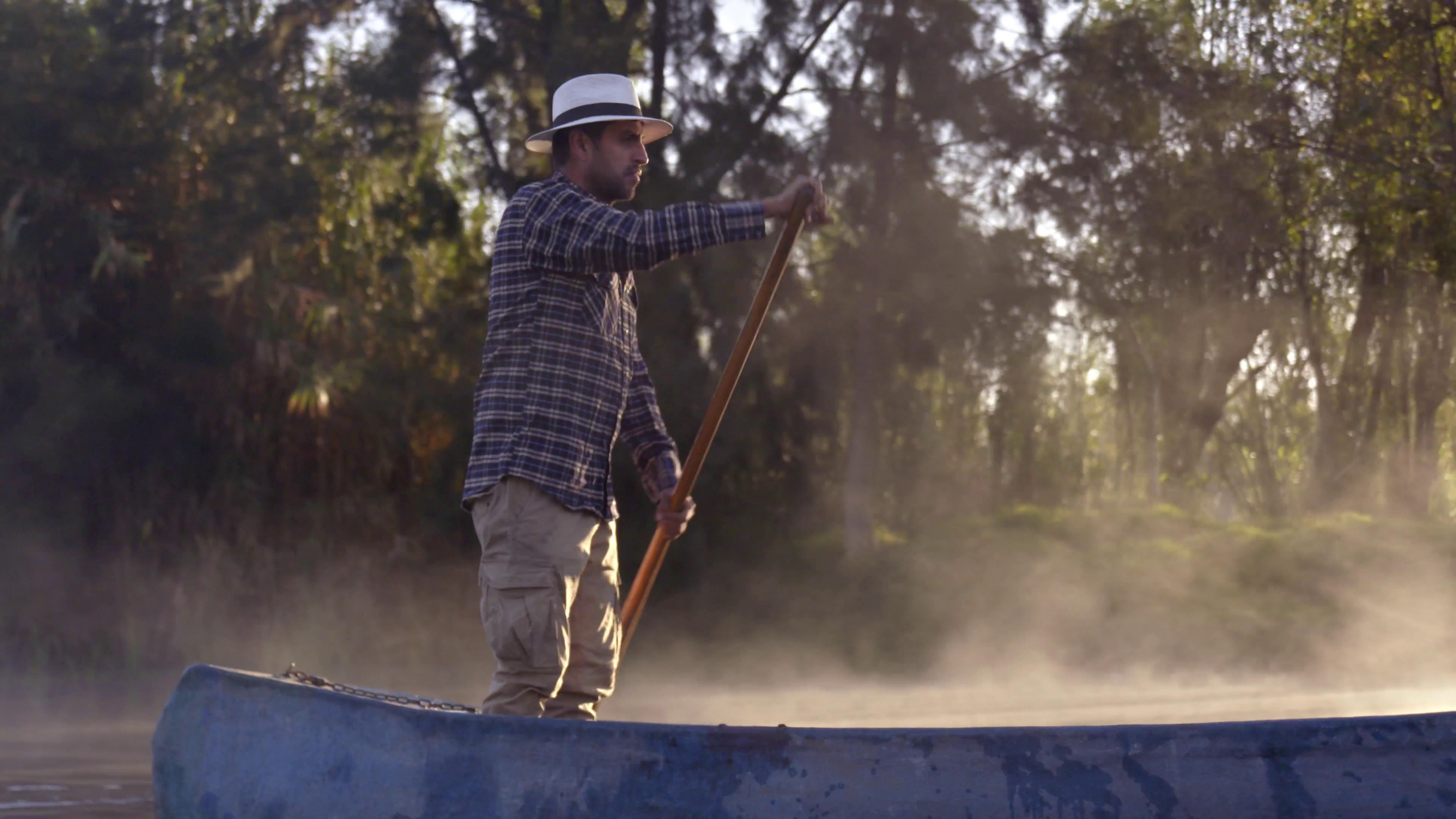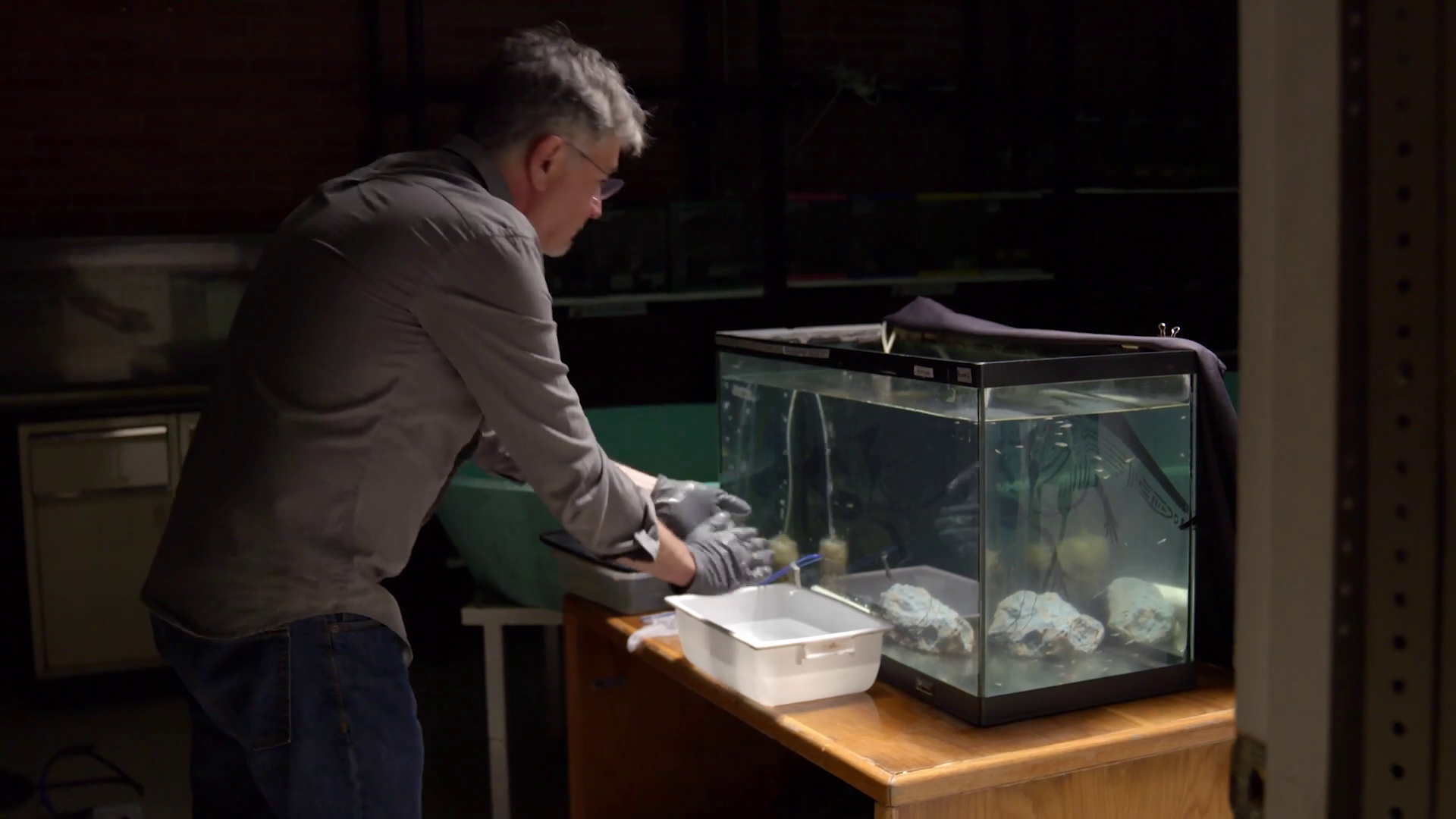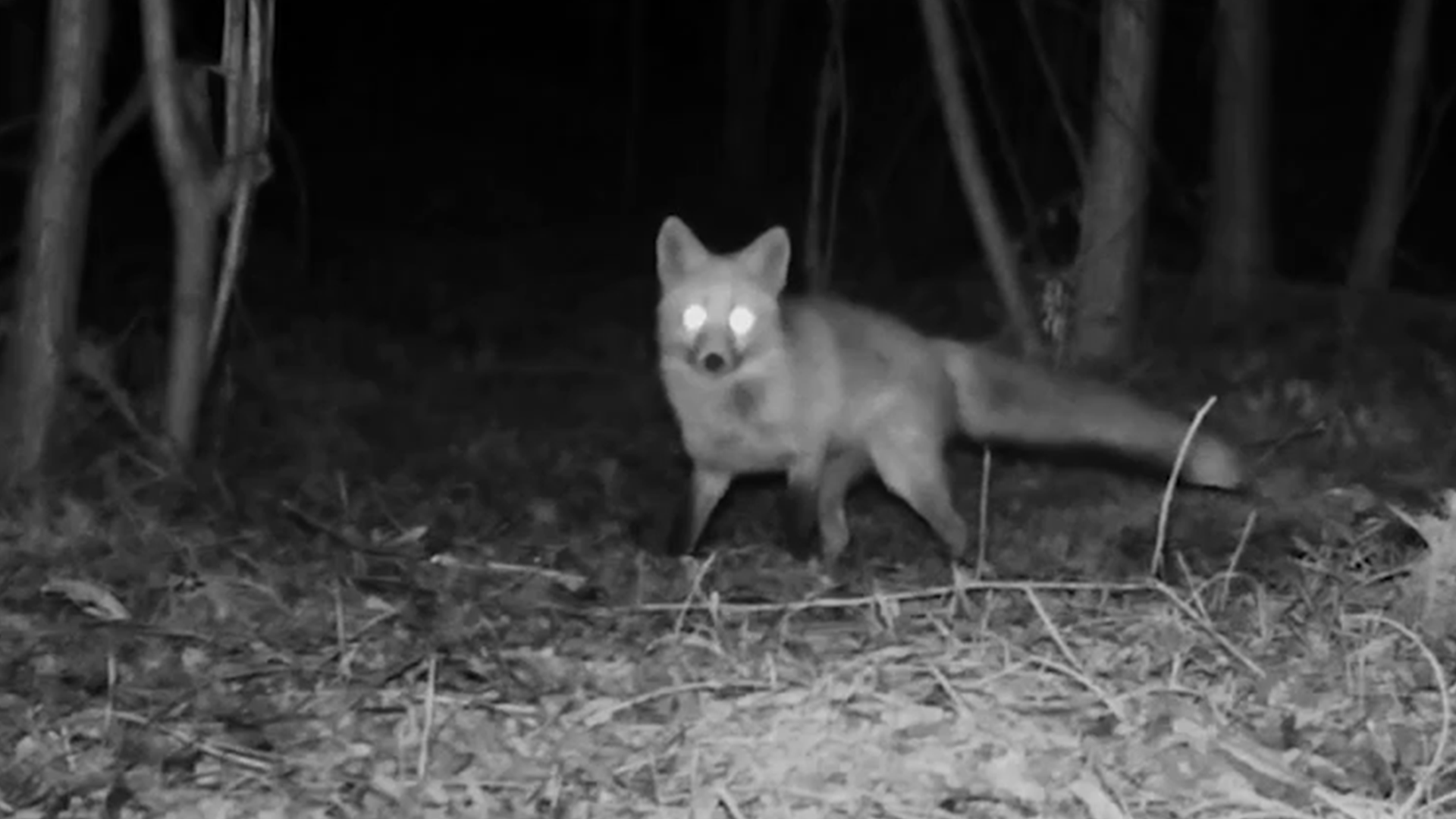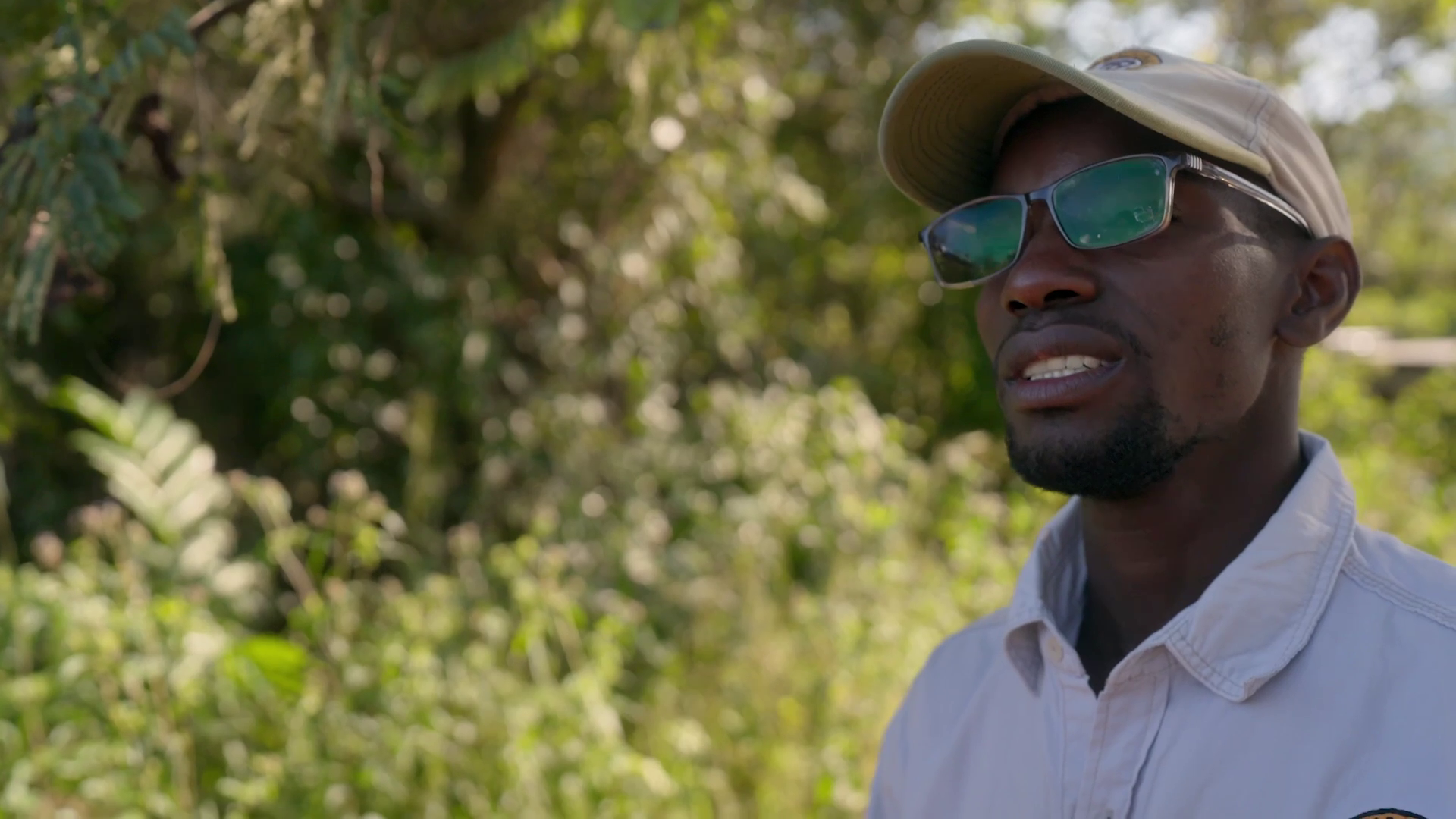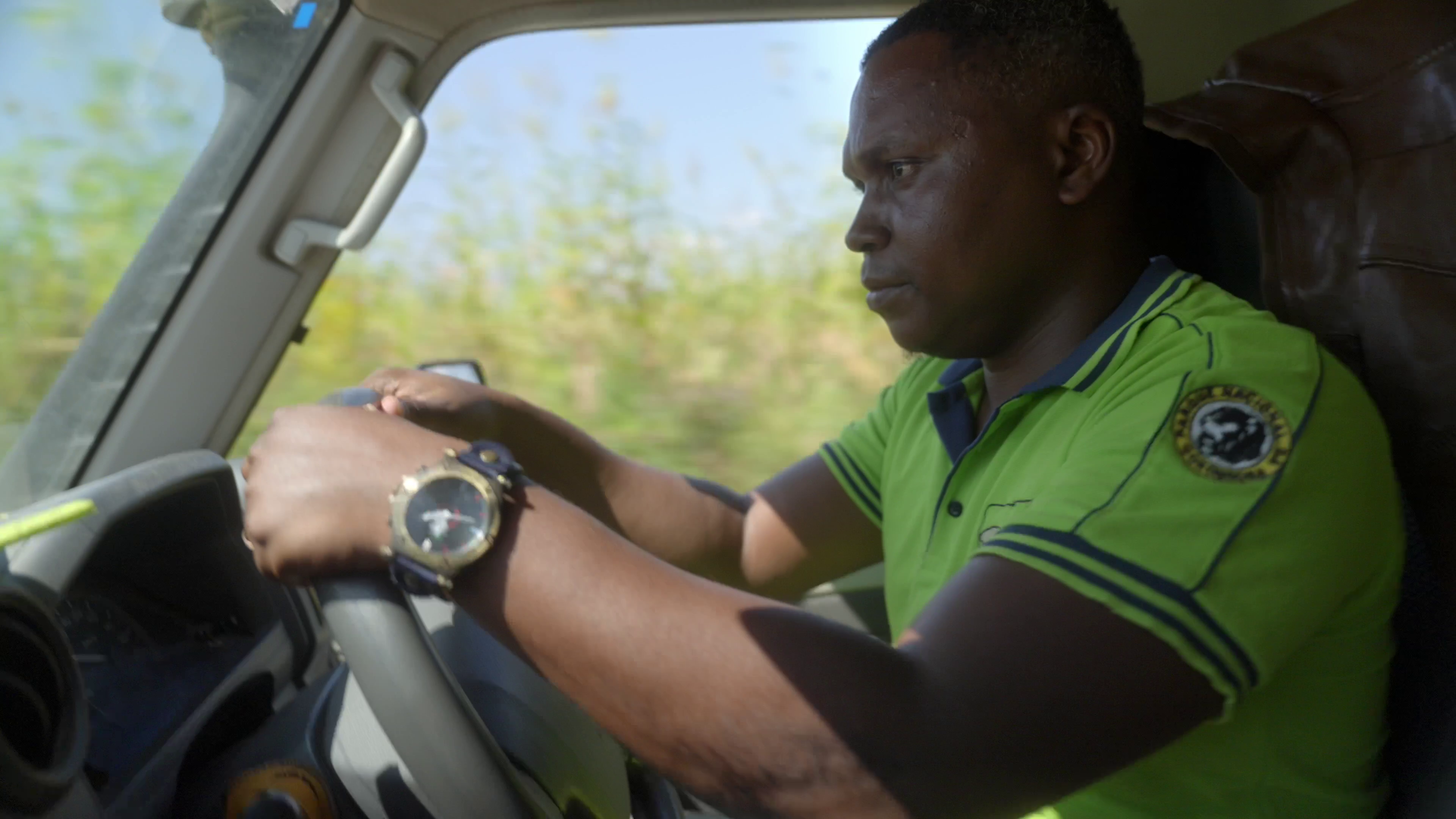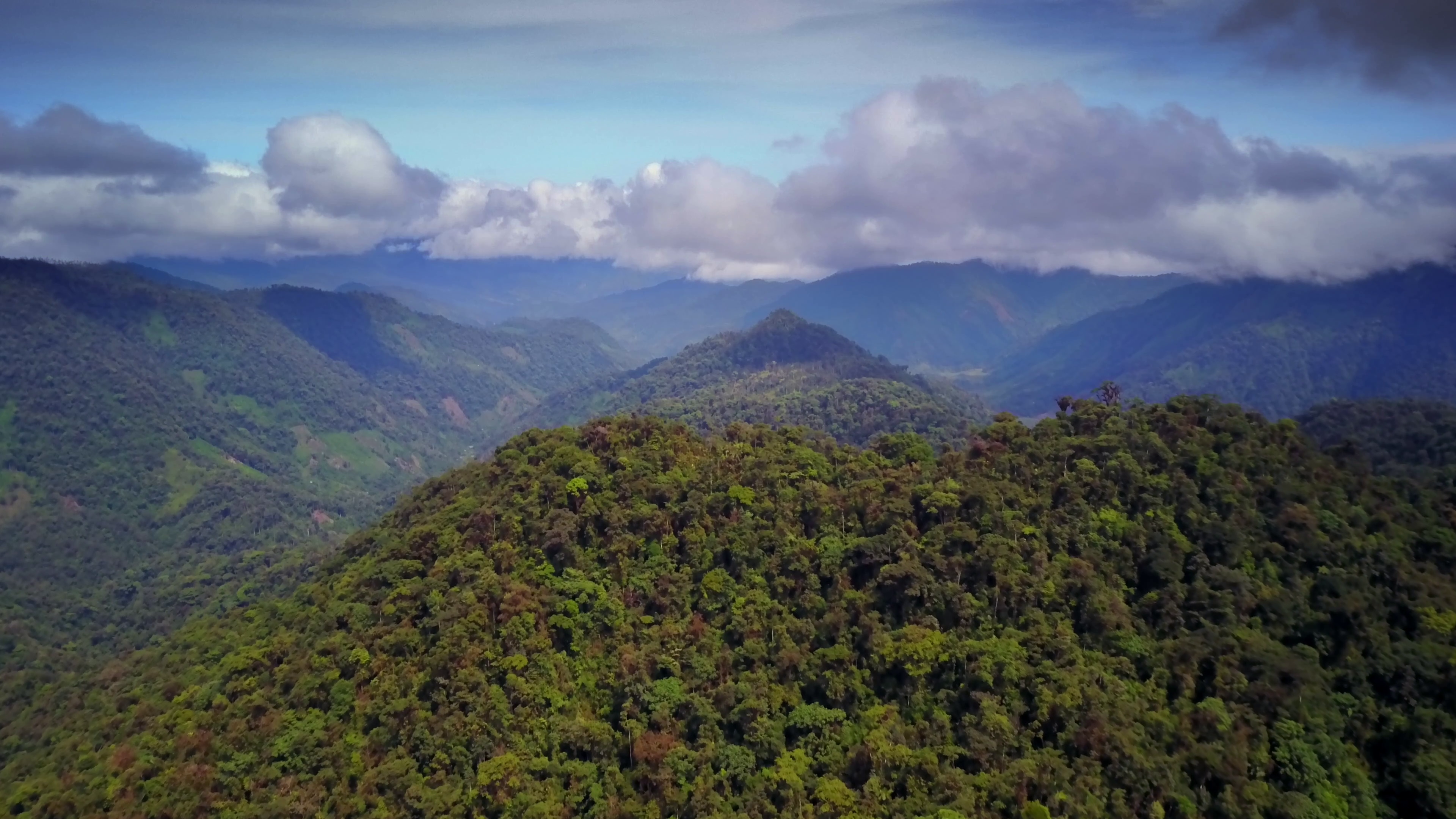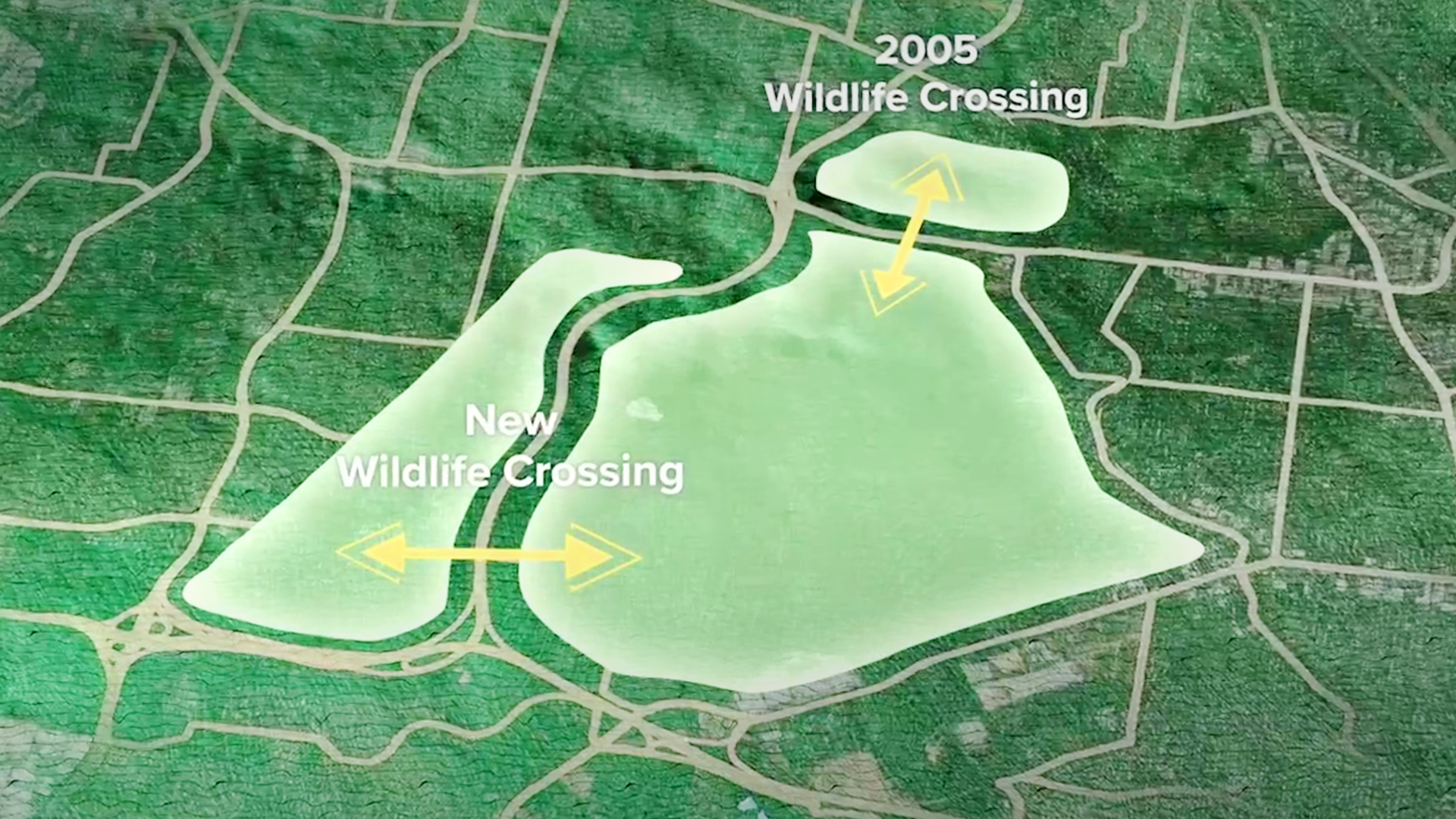Archives: Profiles
-
Carlos Uriel Sumano Arias
Carlos Uriel Sumano Arias is a researcher with the Universidad Nacional Autónoma de México (UNAM).
-
Dr. Luis Zambrano
Luis Zambrano was born in Tampico, Mexico, and earned a degree in biology from the Universidad Nacional Autónoma de México (UNAM). He obtained his doctorate in ecology at UNAM, studying the effects of carp on benthic communities in experimental ponds. Zambrano’s research specialities are aquatic ecology and restoration. A founding member of the Mexican Society…
-
Invasive Species
A top threat to healthy, biodiverse ecosystems is the introduction of invasive species.
-
Marcos Bera Chova
Marcos Bera Chova is the manager of the reforestation and honey programs on Mount Gorongosa. He joined Gorongosa National Park in 2012 as a reforestation specialist and forest technician.
-
Sional Sérgio Moiane
Sional Sérgio Moiane, known as Sunyl, has been working with Gorongosa National Park since July 2014. He is the lead supervisor of the coffee sector in Mount Gorongosa. He is passionate about his work even in situations of conflict on the mountain, and his objective is to see communities develop economically through the production of…
-
Gorongosa National Park
Gorongosa National Park and its surrounding buffer zone span 10,000 square kilometers in central Mozambique. After a quarter century of civil war and political turmoil following Mozambique’s fight for independence in 1975, more than 95% of the large mammals were wiped out within the park. The entire park ecosystem was on the precipice of collapse.…
-
Rights of Nature
Protecting "rights of nature" is a legal movement that recognizes ecosystems have fundamental rights, including the right to exist, evolve, and thrive without interference from human-caused harms like pollution and resource extraction.
-
Controlled Burns
Fire plays an integral role in the natural regeneration of many forests, clearing underbrush, eliminating insects and invasive species, returning nutrients to the soil, and opening up the canopy for new tree growth.
-
Habitat Fragmentation
The division of a large, continuous habitat into smaller, disconnected patches, through natural disasters like fire or human activity like road-building is known as habitat fragmentation.
-
Salmon
Salmon are a keystone species in the river-side forests of the Pacific Northwest, critical for cycling nutrients inland that feed predators like eagles or black bears, and in turn fueling an entire ecosystem of wildlife. There are five species native to the region – chinook, coho, chum, sockeye, and pink salmon – all that reach…
